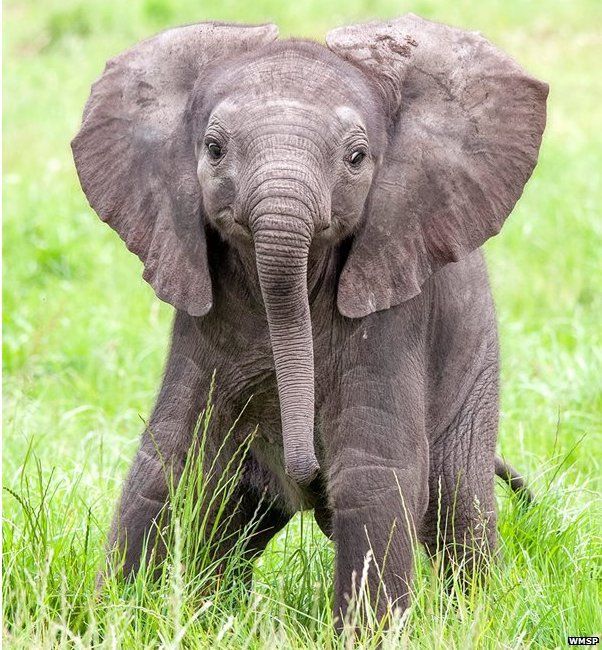
A mammal is an animal that breathes air, has a backbone,and grows hair at some point during its life.

Mammals—a group that include humans—are warm-blooded animals with hair and vertebrates, or backbones. Unlike other classes of animals, female mammals produce milk to nourish their young. Almost all mammals give birth to live young (except for the platypus and echidna, which lay eggs).
Mammals are a group of vertebrates constituting the class Mammalia , characterized by the presence of mammary glands which in females produce milk for feeding (nursing) their young, a neocortex (a region of the brain), fur or hair, and three middle ear bones. These characteristics distinguish them from reptiles (including birds) from which they diverged in the Carboniferous, over 300 million years ago. Around 6,400 extant species of mammals have been described. The largest orders are the rodents, bats and Eulipotyphla (hedgehogs, moles, shrews, and others). The next three are the Primates (including humans, apes, monkeys, and others), the Artiodactyla (cetaceans and even-toed ungulates), and the Carnivora (cats, dogs, seals, and others).